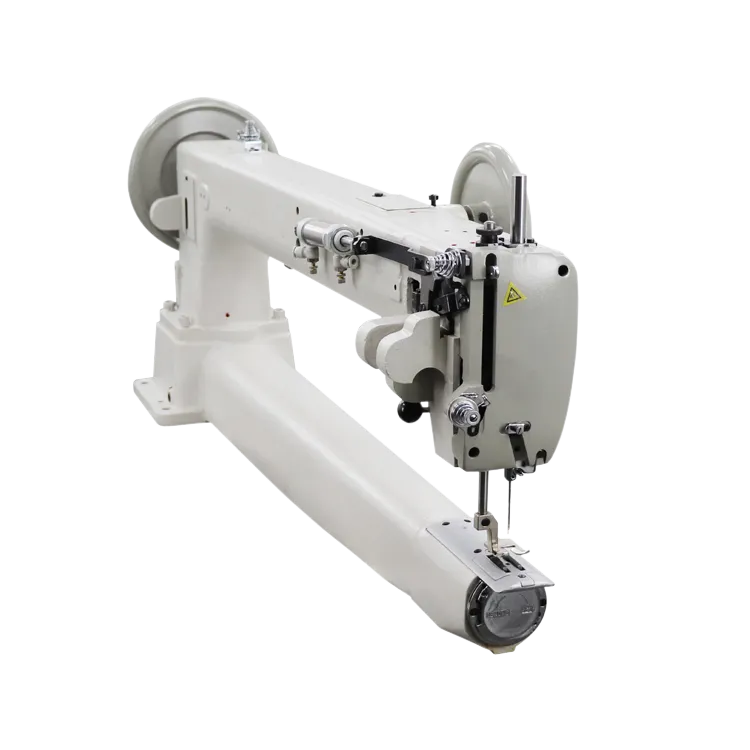Understanding the Differences Between Overlockers and Coverstitch Machines in Sewing
Understanding the Differences Between Overlockers and Coverstitch Machines
In the realm of sewing, the terms overlocker and coverstitch machine are often tossed around, sometimes leading to confusion among enthusiasts and beginners alike. Both machines serve specific purposes that enhance the quality and durability of sewn garments, but they operate in fundamentally different ways. Understanding these differences can help sewists choose the right machine for their projects.
What is an Overlocker?
An overlocker, also known as a serger in some regions, is a specialized sewing machine that trims the fabric edges while simultaneously stitching and finishing the hems. Overlockers use multiple threads—typically two to five—depending on the stitch type—and their primary function is to prevent fraying, create clean finished seams, and allow for stretch in knitted fabrics.
Overlockers are particularly useful for projects that require speed and efficiency. They can sew seams much more quickly than conventional sewing machines, making them ideal for bulk sewing, alterations, and even for making garments from knit fabrics, which can be notoriously tricky with standard machines. The most common stitch produced by an overlocker is the 4-thread overlock, which provides a strong, secure seam while allowing for a slight degree of stretch.
In addition to basic overlocking, these machines often come with additional features such as differential feed, which helps to prevent stretching or puckering of fabric
. This makes them invaluable when working with lightweight fabrics or intricate designs.What is a Coverstitch Machine?
what's the difference between an overlocker and a coverstitch machine

On the other hand, a coverstitch machine is specifically designed for finishing hems, especially on knit fabrics. Unlike an overlocker, coverstitch machines create a flat seam that looks professional on the outside while providing a stretchy finish on the inside. They use a twin needle system that creates two lines of stitching on the top and a looper thread underneath, resulting in a robust hem that can withstand the stretch of knits.
The primary use of a coverstitch machine is to finish hems and necklines, particularly for items like t-shirts, leggings, and activewear where elasticity is vital. The coverstitch is known for its ability to lay flat against the fabric, offering a professional appearance that’s difficult to achieve with a regular sewing machine.
While some coverstitch machines can also stitch straight and chain stitches, their functionality is limited compared to an overlocker. They are mostly focused on hem finishing and can be somewhat slower than an overlocker due to their specialized nature and the precision required in settings like tension and stitch length.
Key Differences
In summary, the primary distinction between an overlocker and a coverstitch machine lies in their functions. An overlocker is versatile, comfortable with various seams and fabric types, designed for trimming and finishing, whereas a coverstitch machine excels in creating professional-looking hems that stretch with the fabric.
Additionally, the threading and setup of these machines differ. Overlockers can be more complicated to thread due to their multiple threads, while coverstitch machines typically require a simpler threading process.
For sewists looking to expand their toolbox, having both an overlocker and a coverstitch machine can greatly enhance sewing capabilities. Each machine has its unique advantages, making them complementary tools in creating high-quality garments. Whether you're a seasoned professional or just starting out, understanding these machines will allow you to elevate your sewing projects to the next level.
-
Industrial Cylinder Arm Sewing Machine: Revolutionizing Heavy-Duty SewingNewsJul.28,2025
-
Cylinder Arm Sewing Machine: Perfect for Special Sewing ApplicationsNewsJul.28,2025
-
Cylinder Bed Sewing Machine: Essential for Sewing Complex MaterialsNewsJul.28,2025
-
Heavy Duty Sewing Machine: The Essential Tool for Industrial ApplicationsNewsJul.28,2025
-
Computerized Pattern Sewing Machine: Revolutionizing Precision StitchingNewsJul.28,2025
-
Heavy Duty Industrial Sewing Machine: Power Meets PrecisionNewsJul.28,2025
-
Leather Sewing Machine: The Industrial Standard for Tough MaterialsNewsJul.18,2025





























